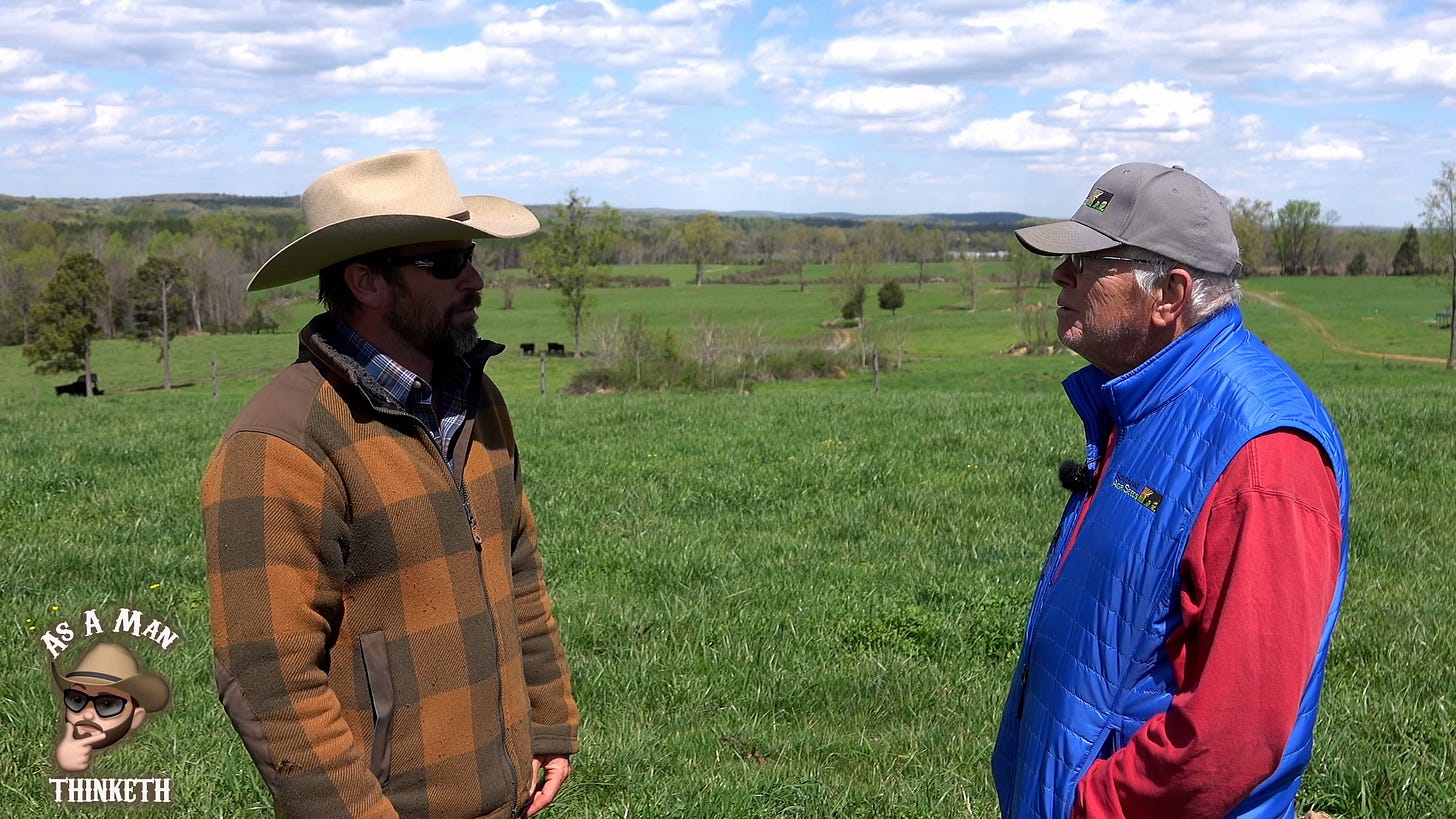A Legacy on the Line: How One North Carolina Farmer Is Fighting for the Future of Real Beef
Regenerative rancher Jim Smith shares his story—and his warning about America’s meat supply.
Chatham County, NC — When Jim Smith took over his family’s former tobacco farm in central North Carolina, he never imagined he’d become one of the region’s most vocal advocates for sustainable cattle ranching. Nor did he expect that shortly after documenting his farming journey, he’d be fighting for his life.
Now fully recovered from a life-threatening surgery, Smith is speaking out—loudly—about what he sees as a dangerous disconnect between Americans and the meat on their plates.
“People have no idea where their beef comes from,” Smith says. “They think if it’s on a grocery store shelf, it must be safe. But that’s not always the case.”
Meet My Neighbor Productions, a nonprofit dedicated to agricultural storytelling and rural education, captured Smith’s seven-year journey of turning Smithview Farm into a model for regenerative ranching. The result is a powerful story of revival—of land, livestock, and legacy.
From Tobacco to Grass-Fed Beef
Smith inherited degraded pastures and worn-out fences. What followed was an intense effort to restore the soil, improve animal welfare, and produce beef without additives, antibiotics, or grain. Today, Smithview Farm raises 100% grass-fed Angus cattle from birth to harvest.
“We start with the soil,” Smith explains. “Healthy dirt grows good grass. Good grass feeds healthy cattle. That’s how you make great beef.”
With the help of local soil conservation experts, Smith installed clean water systems, built rotational grazing paddocks, and re-seeded fields with diverse forages including crimson clover, mung beans, sun hemp, and millet. He also avoids toxic fescue and uses legumes to naturally fix nitrogen into the soil.
Sustainable, Scientific, and Humane
But regenerative farming isn’t just about pasture rotation. Smith incorporates technology like ultrasound pregnancy checks, weight-tracking software, and precision harvest planning to ensure every animal is finished with optimal quality—without stress.
“The way you treat the animal matters,” he says. “We handle them gently, trailer them one at a time, and let them rest overnight before harvest. A calm cow makes better beef.”
Smith even collaborates with other local farmers in a grassroots network called the “Grass Group” to share techniques, successes, and failures. “Agriculture is experimental,” he says. “What doesn’t work this season might work the next.”
A Warning About the Meat Supply
Smith is especially concerned about misleading food labeling. Under current USDA rules, beef raised and slaughtered overseas can still be labeled as “Product of USA” if processed domestically.
“It’s deceptive,” he says. “Consumers think they’re buying American beef when it may have come from Argentina or Venezuela.”
He believes the only real solution is to “know your farmer.” That’s why he opens his farm to school groups and local organizations, offering tours and firsthand education on how beef is actually raised.
A Vanishing Breed?
At 78 years old, Smith is keenly aware of his place in a rapidly changing agricultural landscape. The average American farmer is now 65, and fewer young people are returning to family farms.
“We’re part of a dying breed,” he says. “But I’m hopeful. If young people can see what’s possible—what real farming looks like—they might carry it forward.”
For Smith, it’s not just about beef. It’s about integrity, food sovereignty, and leaving something behind that’s worth inheriting.
“We’re not just growing meat,” he says. “We’re growing trust.”
A Farmer’s Message to America
Jim Smith’s story is more than a testament to sustainable farming—it’s a quiet rebellion against a food system increasingly dominated by speed, scale, and secrecy. His hands may be weathered from years in the pasture, but his vision is sharp: a future where food is grown with care, cattle are treated with dignity, and consumers once again value the connection between land, farmer, and fork.
In an era of fast food and faceless supply chains, Smith’s call is simple but urgent:
“Slow down. Ask questions. Know who’s feeding you.”
As the sun sets over his revitalized fields in Chatham County, it’s clear that Smith isn’t just raising beef. He’s raising a standard—and daring others to follow.




